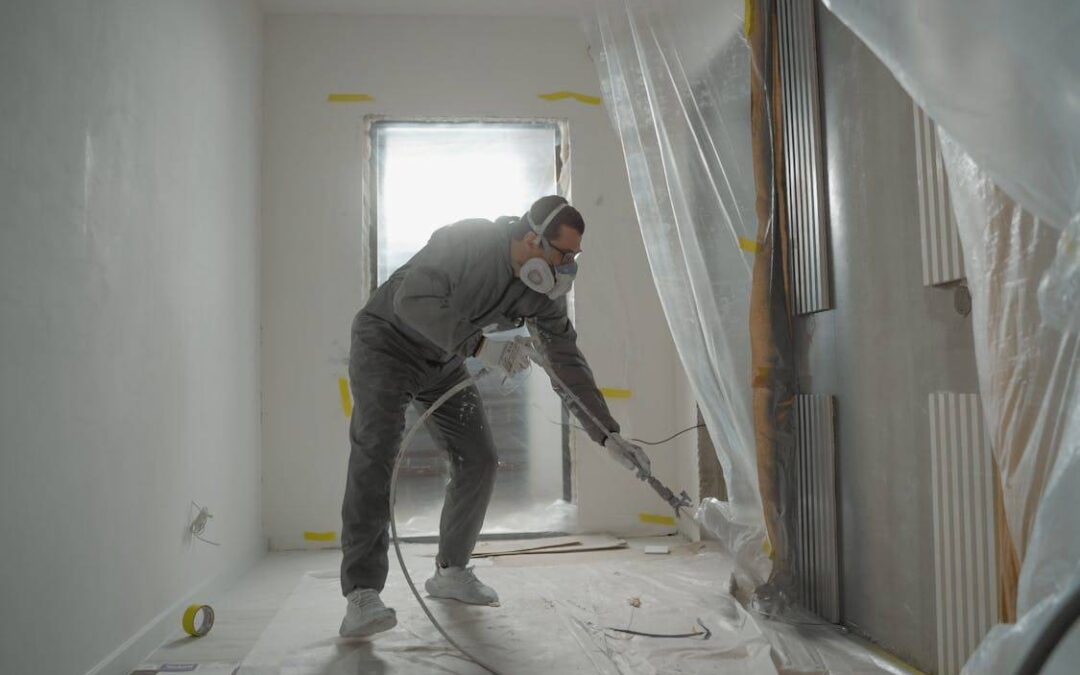When it comes to building a custom home, no two homeowners will have the same vision. Some prioritize open-concept kitchens with high ceilings, while others dream of wraparound porches and private home offices. But there’s one thing they almost always have in common: the need for a streamlined, stress-free process.
The traditional approach—hiring an architect, then bidding out to contractors—can be time-consuming and full of friction. That’s why more homeowners are turning to the design-build model, which combines architectural design and construction under one roof. It’s faster, more efficient, and encourages better communication between all parties.
If you’re planning to build a home soon, here’s what you should know about the design-build process and how top builders across the country are putting it into action.
What Is the Design-Build Approach?
Design-build is exactly what it sounds like: one team handles both the design and construction phases of your custom home. Instead of hiring an architect first and then finding a builder to execute those plans, the design-build process keeps everything in-house.
Here’s how it typically works:
- Initial Consultation – You meet with the design-build firm to share your vision, goals, and budget.
- Concept Development – The in-house design team drafts plans based on your input.
- Cost Estimation and Value Engineering – You get pricing insights early on, with suggestions to maximize value without blowing your budget.
- Build Phase – Once designs are finalized and permits are approved, the construction phase begins—without any disconnect between what was designed and what gets built.
This model improves accountability. It also leads to faster project timelines, fewer change orders, and better coordination across the board.
The Advantages of Working with a Regional Expert
While the design-build approach is efficient by nature, results still vary depending on who you hire. Local experience matters—a lot.
A firm that understands regional regulations, soil conditions, weather challenges, and architectural preferences can guide your decisions and avoid unnecessary delays or costs.
Let’s take two examples: one in North Carolina, another in Michigan.
For Homeowners in North Carolina: Streamlining with a Trusted Partner
In the Lake Norman region of North Carolina, demand for custom homes has grown steadily. Homeowners in this area want properties that reflect their lifestyle while making the most of the natural surroundings—whether it’s maximizing lake views, ensuring hurricane-resistant structures, or creating energy-efficient layouts suited for humid summers.
Working with experienced custom home design builders like Mcmillan Builders can make all the difference. With deep roots in the community and years of hands-on experience, they understand both the technical and emotional aspects of building a home from scratch.
From design ideas that reflect Lake Norman’s upscale-yet-casual vibe to smart material selection and flawless construction execution, firms like Macmillan offer a full-service partnership—one that saves homeowners from the headaches of juggling multiple vendors.
For Michigan Homeowners: Building Through the Seasons
In Michigan, custom homes are often shaped by the seasons. That means thoughtful insulation, energy-efficient windows, and heating systems are non-negotiable. But so are spacious mudrooms, basements built for winter storage, and indoor-outdoor flow for those precious summer months.
Builders who operate in this region need to be both creative and practical.
That’s where a custom home builder like Essex Custom Homes come into play. Known for their tailored approach, Essex focuses on what matters most to Michigan families—from foundational decisions to finishing touches. Whether it’s a lakeside property or a modern farmhouse on open land, they know how to design for comfort, durability, and long-term value.
What to Consider Before Starting Your Project
Whether you’re building in North Carolina, Michigan, or anywhere else in the U.S., it helps to think through these critical questions:
1. What’s your non-negotiable?
Is it a three-car garage? A chef’s kitchen? Solar panels? Understanding your priorities will help your design-build team allocate resources where they matter most.
2. What’s your budget range—and what’s your “stretch” amount?
Design-build firms often work within realistic parameters, but it’s wise to set a base budget along with a 10–15% buffer. Things like site access, materials availability, and custom features can shift the final number.
3. How involved do you want to be?
Some homeowners want to review every tile sample. Others prefer to sign off once and let the pros run the show. Knowing your preferred level of involvement helps your builder plan the process accordingly.
4. Do you have a lot or need help finding one?
Many design-build firms also assist in lot acquisition or can assess a site you already own to ensure it fits your vision.
What Sets Top Builders Apart
Not all design-build teams are created equal. Here are a few traits that define the best ones:
- Clear Communication – They answer your calls, keep you informed, and don’t leave you guessing.
- Accurate Estimates – Expect realistic timelines and pricing—no lowballing to win your business, then hitting you with surprise costs.
- Portfolio Depth – Their past work should reflect variety and consistency, not cookie-cutter plans.
- Client Testimonials – Word of mouth is gold. Strong reviews show they walk the talk.
Both Macmillan Builders and Essex Custom Homes check these boxes and more.
Final Thoughts
Custom home building doesn’t have to be stressful. When you work with a full-service team that knows the ropes, it becomes a creative and rewarding experience.
If you’re in the early stages of planning your dream home, take time to vet your builder. Look at their past projects, ask about their design process, and make sure they understand your goals. Whether you’re drawn to the scenic charm of Lake Norman or the rustic beauty of Michigan’s countryside, a great design-build partner can help you bring your ideas to life.

Recent Comments